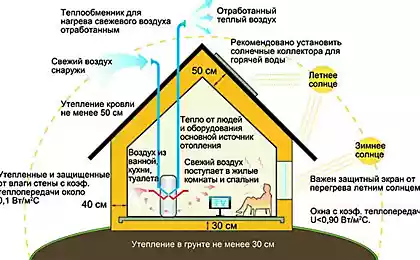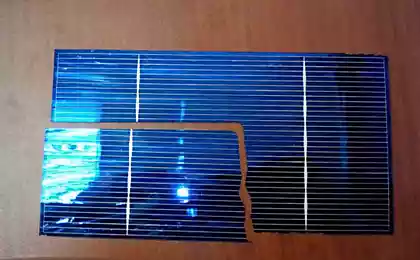457
Stanford researchers develop self-cooling solar panels

Photovoltaic cells represent one of the most promising alternative energy sources. From the mechanical point of view they are very simple, without any moving parts. In addition, they are environmentally friendly. The main drawback is that they are extremely hot. Researchers at Stanford University are developing a thin glass layer, which is able to cool the solar cells.
Despite many achievements in recent decades, solar panels are not the most efficient way. In fact, only about 20 percent of the energy turns out to derive from sunlight which falls on solar panels. Overheating is one of the main problems. In electricity the solar panels are heated to 55 ° C or higher.
According to the Stanford researchers, each additional degree Celsius leads to a drop in efficiency of 0.5 percent.
Cooling is an obvious step, but the question is, how to do? Active systems, such as circulation pumps or ventilation units that consume large amounts of energy, and passive systems are not effective enough.
The company Shanhui Fan has found a solution to the problem. Solar panels are covered by an extremely thin layer of quartz glass, which is designed to remove heat from the solar panels.
Thin layer consists of micro-pyramids and cones. The thickness of each of these, only microns. Such sizes and shapes attract heat in form of infrared radiation at the top of the layer, where it radiates and dissipates into the atmosphere.
The technology is based on the fact that different wavelengths of light have different properties and are refracted differently.
"Silica is transparent to visible light, but it also inclines and refracts light of very specific wavelengths," said fan. "A carefully designed layer of silica would not degrade the performance of the solar cell, and Vice versa, will increase the thermal radiation at given wavelengths."
Researchers at Stanford University tested a thin layer of cooling to reduce the operating temperature of the solar panels to make them more effective and increase their service life.
The results of the study were published in the journal Optica.
Source: www.scitech-news.ru/
Unusual varieties of tomatoes - white and black
7 evidence that the world has become worse over the last century























